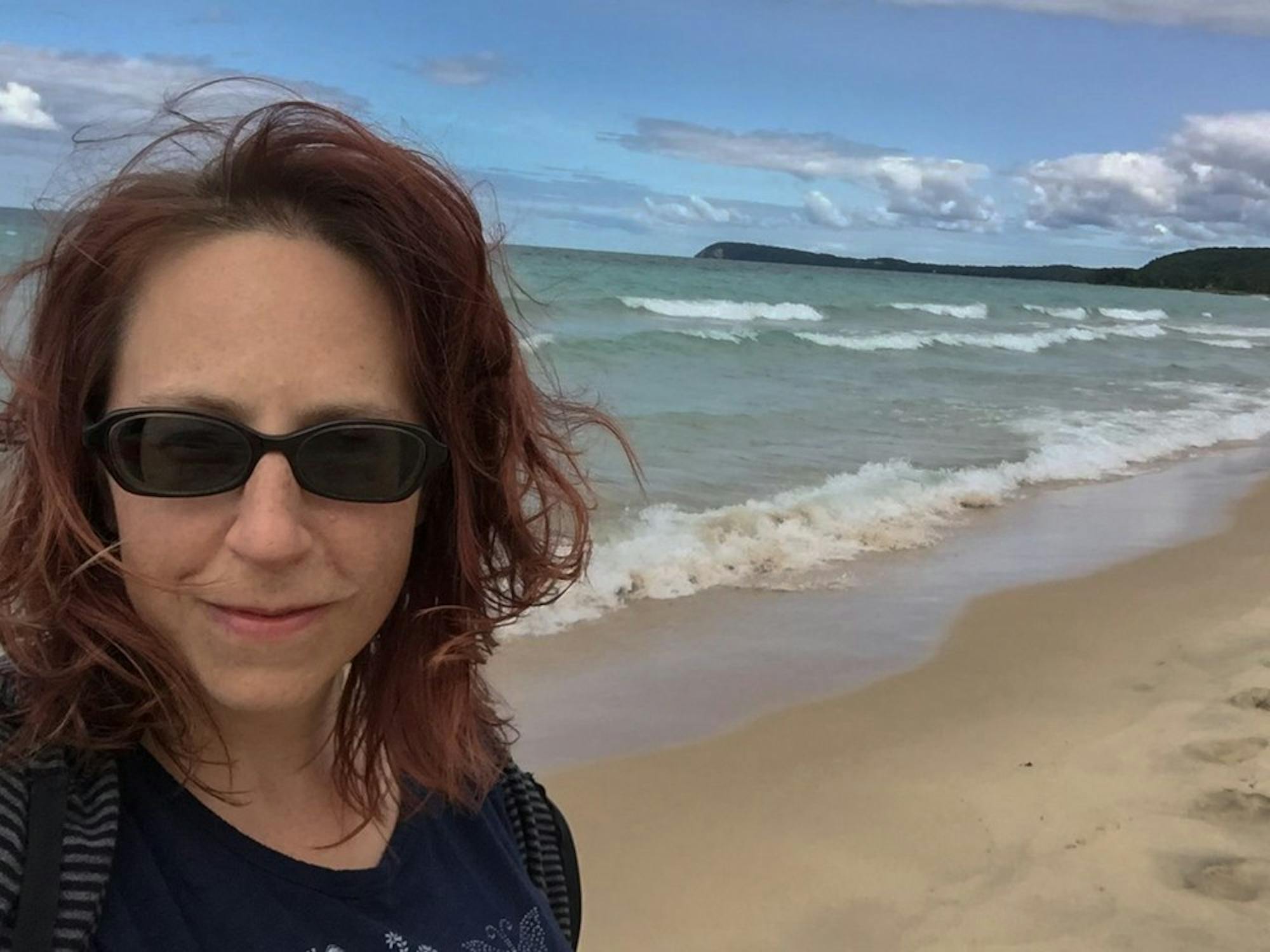College digital humanities and English librarian Laura Braunstein published her first crossword puzzle for The New York Times last December.
“For everybody who starts out, The New York Times is the gold standard,” Braunstein said. “I think everybody has that ambition [to be published in the New York Times], but if I had never gotten a puzzle there, I would’ve still been just as proud of what I accomplished.”
To construct this crossword puzzle, Braunstein worked with Erik Agard, another crossword constructor and former teenage crossword-solving prodigy.
“[Agard] had really liked my work and the first few [crosswords] that I had published,” Braunstein said. “He had an idea he was playing with, and he invited me to work with him on it.”
The pair sent their finished puzzle to The New York Times in July 2017, and it was published on Dec. 10, 2017. The puzzle’s theme was “Full-Body Cast” and focused on body parts that are hidden in the names of movie stars.
Braunstein’s experiences with crosswords began when she was a child when she would work on them with her grandfather, a Moldovan immigrant to the U.S. who used these puzzles as a means of learning English. It was not until 2016 that she started to construct the puzzles herself, she said.
While beginning her foray into the field of crosswords, she worked with Andrew Kingsley ’16, who constructed crosswords for The Dartmouth and made his debut in The New York Times in April 2016. When Braunstein noticed Kingsley constructing one of his own puzzles in the library reference room, the pair began to discuss their shared interest and past work with crosswords.
In July 2016, Braunstein sent Kingsley her first crossword. As an already published constructor, Kingsley said he offered Braunstein advice and recommendations for her puzzle.
Before her success with The New York Times, Braunstein had her puzzles published by independent publishers and puzzle blogs like the American Values Club. She recently had a second crossword puzzle accepted to The New York Times, which will be published in the coming months, she said.
Kingsley said he is impressed by Braunstein’s “very, very swift rise” in the world of crossword puzzle construction.
“The fact that someone goes from having no idea [about] what she’s really doing in 2016 to getting a puzzle published a year and a half later, especially a Sunday puzzle, is unheard of,” he said.
While Sunday puzzles are of average difficulty for puzzles in The New York Times, they are large, with dimensions of 21-by-21 squares. The other days’ puzzles are only 15-by-15 squares.
“Usually it takes people a long time to get their sea legs, but [Braunstein is] just a powerful constructor,” Kingsley said.
Although she only began constructing crosswords within the past few years, Braunstein has already developed a systematic process for each puzzle’s creation. According to her, she always begins with finding a theme for the puzzle, which can be a joke or a play on words.
Braunstein added that she then thinks about the words that fit her theme and which will be the solutions of her puzzle. With this information, Braunstein uses software to fit her words into a symmetrical grid. The software also gives suggestions for shorter, filler words that can be incorporated into the puzzle, she said.
After the grid is completed, Braunstein turns her attention to writing the clues for her solution words.
One of her puzzles was inspired by headlines in the news about European Union trade policy, she said. The solutions of this puzzle were words in which an “E” could be traded with a “U” — or vice versa — to make another word.
While some crosswords are designed for the sake of a fun challenge, others can have a political or social message, according to Braunstein, raising money for specific causes.
For an example, Nate Cardin ’05 is working on a crossword book that will be published this March. The proceeds from its sales will go toward charities that focus on issues that affect LGBTQ individuals. According to Cardin, who invited LGBTQ crossword constructors to make puzzles for the project, most of the puzzles will center around LGBTQ topics.
“The crossword community is, not exclusively, but by and large, just straight white [men],” he said. “Like with anything else, there is a real benefit to diversifying the crossword community.”
Kingsley is a former member of The Dartmouth staff.




